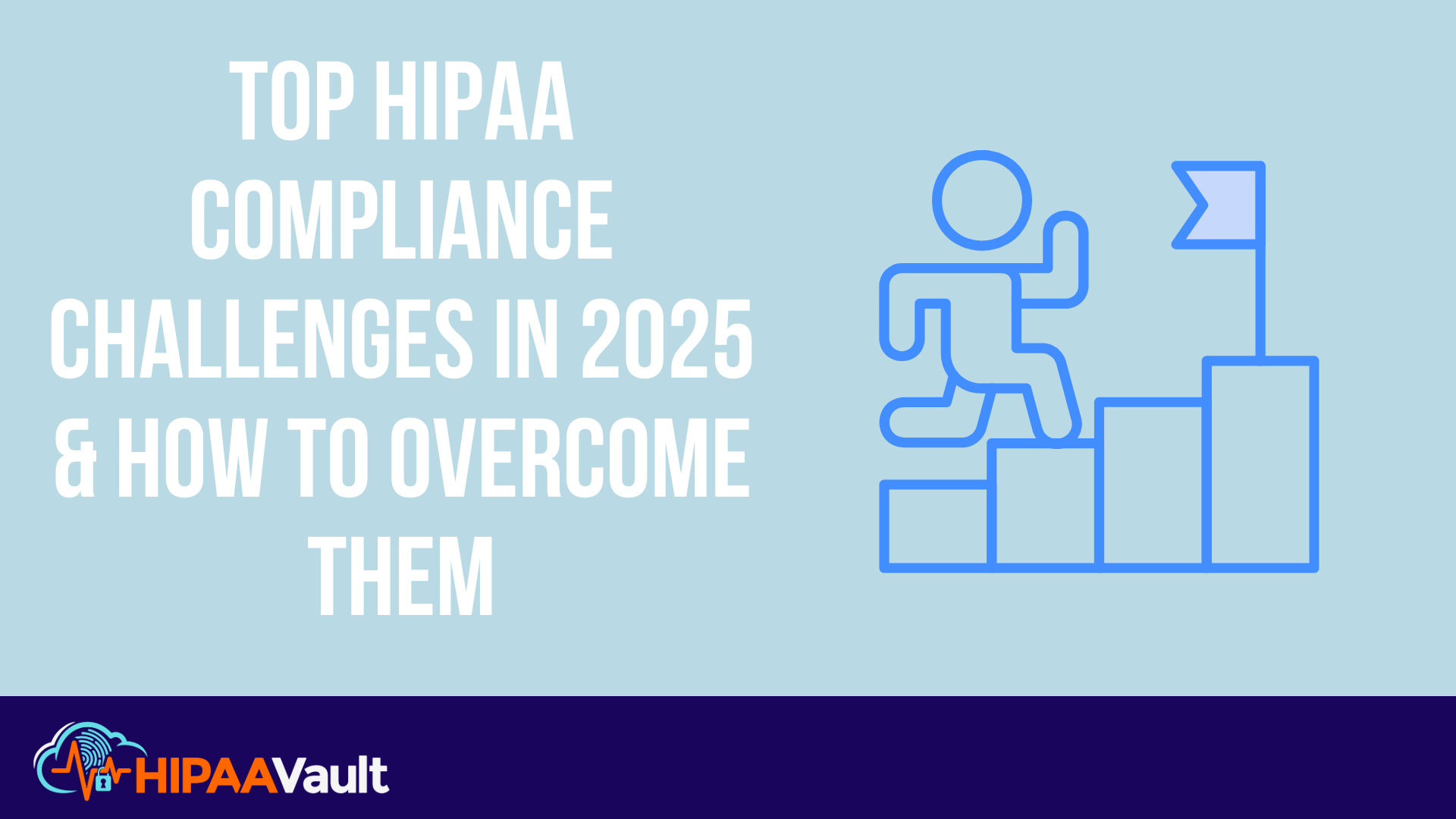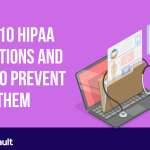
Introduction: The Ongoing Challenge of HIPAA Compliance
HIPAA compliance is more critical than ever. With healthcare data breaches reaching unprecedented levels, organizations face mounting pressure to safeguard protected health information (PHI). In 2024 alone, over 133 million patient records were exposed, and that number is expected to rise in 2025. The challenge isn’t just about meeting regulatory standards—it’s about protecting patient trust, avoiding massive financial penalties, and staying ahead of cyber threats that grow more sophisticated by the day.
As healthcare systems become increasingly digital, new risks emerge. Telehealth, cloud-based electronic health records (EHRs), and third-party vendors introduce vulnerabilities that require constant vigilance. Adopting a proactive, security-first approach is the only way to navigate these challenges successfully. Below, we explore the most pressing HIPAA compliance issues for 2025 and provide practical strategies for overcoming them.
1. Frequent HIPAA Violations – Common Mistakes Organizations Make
Despite heightened awareness, many healthcare organizations continue to struggle with compliance. Common violations include:
- Unsecured PHI Storage & Transmission: Many organizations fail to encrypt PHI at rest and in transit, leaving it vulnerable to unauthorized access.
- Insufficient Access Controls: Weak password policies and inadequate multi-factor authentication (MFA) allow unauthorized users to access sensitive data.
- Lack of Employee Training: Human error remains one of the leading causes of data breaches.
- Improper Disposal of PHI: Whether paper records or outdated electronic files, failure to properly dispose of PHI can result in costly penalties.
How to Overcome This Challenge
Implementing end-to-end encryption, role-based access controls (RBAC), and regular staff training is essential. HIPAA Vault’s HIPAA Secure Email & FTP servers provide encrypted communication solutions, ensuring secure data transmission while maintaining compliance.
2. Adapting to Regulatory Changes – Staying Ahead of Compliance Updates
HIPAA regulations evolve to address new threats, and 2025 is no exception. Organizations must stay informed about changes that could affect their compliance status. Key areas to watch include:
- Stricter Data Sharing Regulations: As interoperability between healthcare systems expands, organizations must ensure that data exchanges comply with updated privacy standards.
- Enhanced Cybersecurity Standards: Aligning with the latest NIST Cybersecurity Framework recommendations is crucial for compliance.
- Stronger Enforcement of Business Associate Agreements (BAAs): Increased regulatory scrutiny on third-party vendors requires healthcare providers to ensure their partners are also compliant.
How to Overcome This Challenge
Regularly review and update internal HIPAA policies. Partnering with compliance experts like HIPAA Vault ensures that your cloud infrastructure remains fully compliant as regulations change.
3. Security vs. Usability – Balancing Compliance with Ease of Use
Security measures are often seen as roadblocks to efficiency. However, neglecting compliance in favor of convenience can lead to catastrophic breaches. Organizations struggle with:
- Complex login processes that frustrate users
- Restrictive access policies that hinder workflow efficiency
- Encryption slowing down data-sharing capabilities
How to Overcome This Challenge
Adopting single sign-on (SSO) solutions, biometric authentication, and role-based access control (RBAC) can improve usability while maintaining security. HIPAA Vault’s Kubernetes & Containerized Hosting ensures seamless access without compromising compliance.
4. Third-Party Vendor Risks – Ensuring Compliance Beyond Your Organization
Third-party vendors play an integral role in healthcare IT but also introduce security risks. Ponemon Institute reports that 59% of healthcare breaches involve third-party vendors. Key risks include:
- Vendors with inadequate security controls
- Weak or outdated Business Associate Agreements (BAAs)
- Failure to conduct vendor security audits
How to Overcome This Challenge
Organizations must conduct rigorous vendor risk assessments, enforce strict BAAs, and require regular compliance audits. HIPAA Vault’s FedRAMP-certified cloud hosting offers a secure foundation for vendor interactions, reducing third-party risks.
5. Proactive Compliance Strategies – Risk Assessments, Employee Training & Audits
A reactive approach to HIPAA compliance is no longer viable. The most secure organizations prioritize:
- Frequent Risk Assessments: Identifying vulnerabilities before they become compliance issues.
- Ongoing Employee Training: Ensuring staff is up-to-date on the latest HIPAA policies and best practices.
- Continuous Security Audits: Regular evaluations to detect and remediate security gaps.
How to Overcome This Challenge
Conduct annual HIPAA compliance audits and leverage HIPAA Vault’s managed security services for continuous monitoring and real-time threat detection.
Conclusion: Actionable Steps to Stay Compliant in 2025
HIPAA compliance is a moving target, requiring organizations to remain agile and proactive. To summarize:
- Secure PHI storage & transmission – Encrypt sensitive data to prevent breaches.
- Stay updated on regulatory changes – Partner with compliance experts.
- Balance security with usability – Implement user-friendly access controls.
- Manage third-party risks – Enforce strict vendor compliance standards.
- Adopt proactive security strategies – Conduct regular assessments and training.
With cyber threats rising and compliance rules tightening, HIPAA Vault provides a trusted, fully managed cloud solution to help healthcare organizations stay ahead. Contact us today to learn how we can support your compliance journey.
Internal Links:





